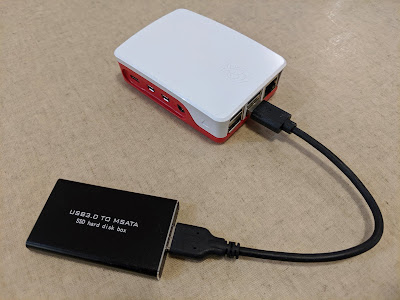Brilliant WiFi A60 globes RGB+W (20699)

After having some recent success with the Brilliant RGB+W 20741 E27 globes , I decided to purchase the B22 version of (what I thought) was the same globe, the Brilliant WiFi A60 RGB+W 20699 B22 globe . You can see some images of the globe and box here. I followed the same process as with the 20741, flashing Tasmota using tuya-convert , and attempting to use the template for the 20741 in the repository . The 20741 template uses the following pin assignment: GPIO4 - PWM1 - red GPIO12 - PWM2 - green GPIO14 - PWM3 - blue GPIO5 - PWM4 - warm white To test the globe, I then tried cycling through the following commands in the Tasmota console to light each led: red: Color1 1 green: Color1 2 blue: Color1 3 white: White 100 After this test, the only response I saw from the globe was the white led was lit when I tried to set the globe to a green colour. This told me the 20741 template wasn't correct for this globe, but also gave me a hint that the white


